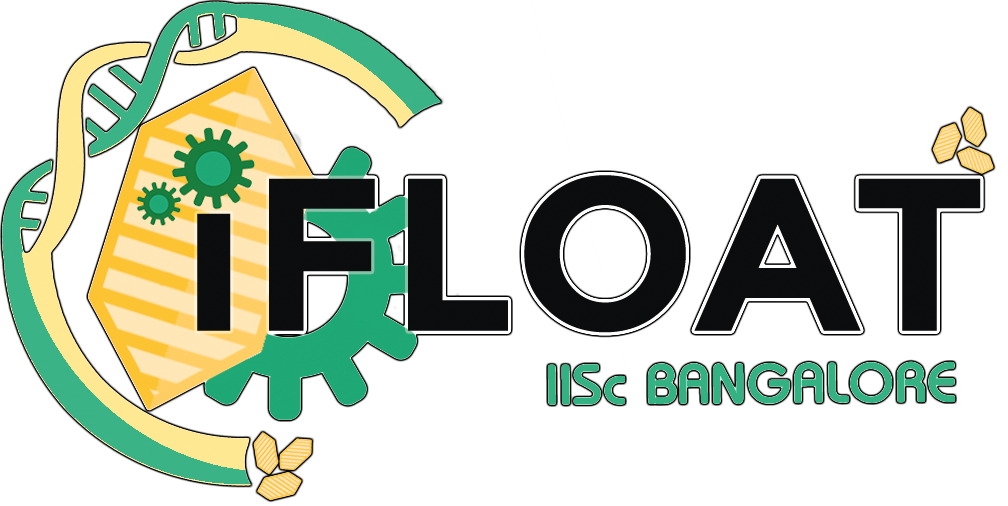Shreygupta (Talk | contribs) |
Shreygupta (Talk | contribs) |
||
| Line 24: | Line 24: | ||
<div class="gifAnimated" style="background-image: url('https://static.igem.org/mediawiki/2017/6/63/T--IISc-Bangalore--home-2.gif'); background-position: right;"></div> | <div class="gifAnimated" style="background-image: url('https://static.igem.org/mediawiki/2017/6/63/T--IISc-Bangalore--home-2.gif'); background-position: right;"></div> | ||
| − | <div style="position: absolute; left: 5%; width: 35%; font-size: 2.3em; line-height: 1.4; font-family: 'Poppins', sans-serif; top: 50%; transform: translateY(-50%);">Bioengineered GVs have been genetically modified for diverse purposes | + | <div style="position: absolute; left: 5%; width: 35%; font-size: 2.3em; line-height: 1.4; font-family: 'Poppins', sans-serif; top: 50%; transform: translateY(-50%);">Bioengineered GVs have been genetically modified for diverse purposes; ultrasonic molecular imaging, gauging cellular turgor pressures, and vaccine delivery - but none of their current applications exploits their most fundamental characteristic: buoyancy.</div> |
</div> | </div> | ||
Revision as of 02:36, 2 November 2017
Gas vesicles (GVs) are hollow protein nanostructures synthesized by phototrophic haloarchaea and cyanobacteria to regulate their flotation in aquatic habitats.
Bioengineered GVs have been genetically modified for diverse purposes; ultrasonic molecular imaging, gauging cellular turgor pressures, and vaccine delivery - but none of their current applications exploits their most fundamental characteristic: buoyancy.
Something











